A special breed of traveler can’t pass by a historical marker without stopping to absorb every word. These curious explorers appreciate the rich stories behind landmarks and find joy in discovering the smaller details that casual tourists might miss.
Information plaques transform ordinary sightseeing into immersive educational experiences, turning vacant gazing into meaningful understanding. Here is a list of 20 destinations that will delight those who faithfully read every information plaque they encounter:
The British Museum, England
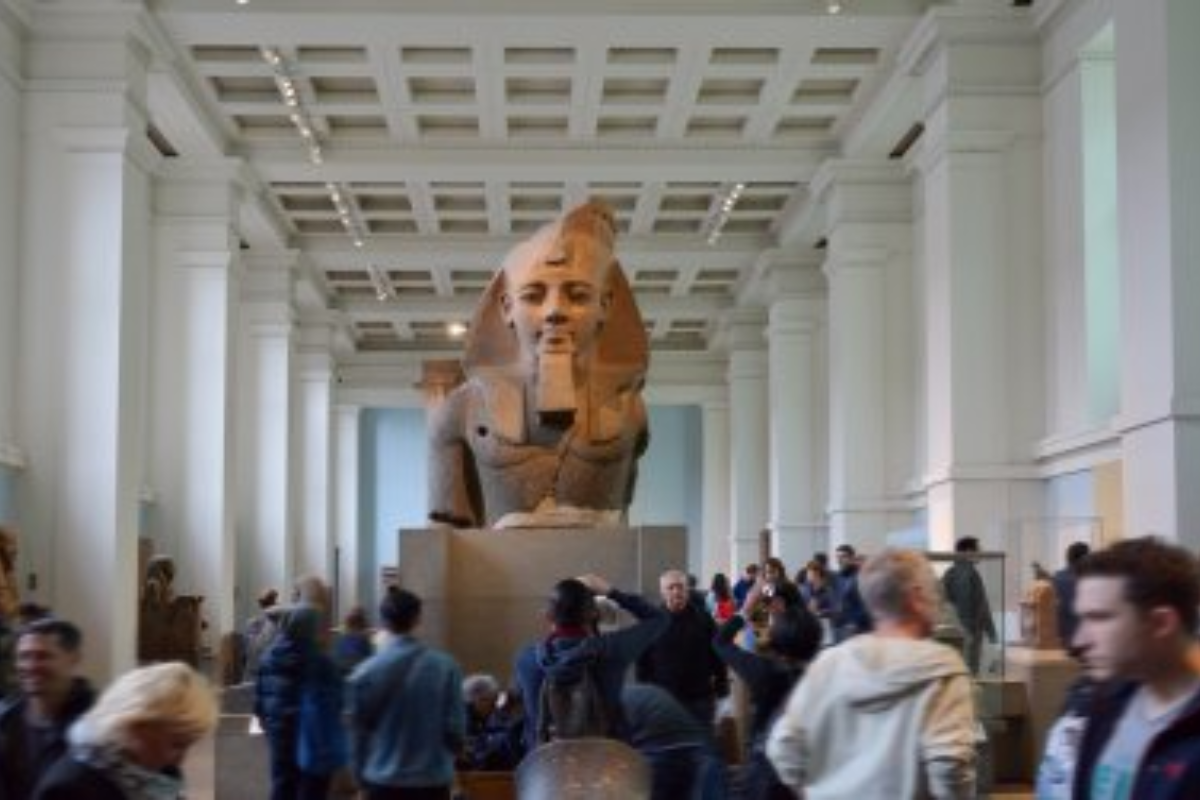
The British Museum houses over 8 million artifacts spanning two million years of human history. Each gallery features meticulously researched plaques illuminating the significance of everything from the Rosetta Stone to the Elgin Marbles.
The museum’s recent efforts to provide context about acquisition methods add a layer of historical perspective for thoughtful readers.
Gettysburg National Military Park, USA
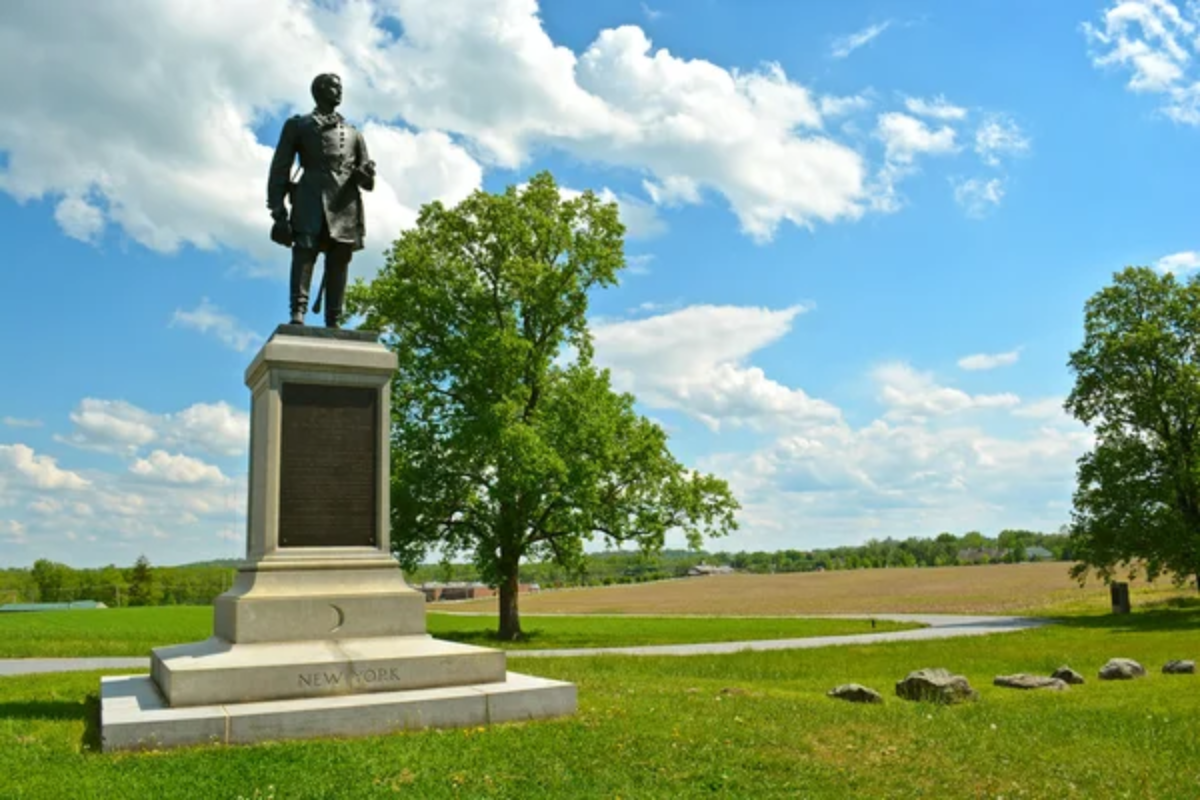
Gettysburg’s battlefields span nearly 6,000 acres, with over 1,300 monuments and markers detailing specific regiments, commanders, and pivotal moments of the famous Civil War battle. The plaques chronicle troop movements with precise timestamps, creating an almost minute-by-minute reconstruction of the historic three-day conflict.
Walking these grounds while reading each marker transforms visitors into witnesses of history.
Like Travel Pug’s content? Follow us on MSN.
The Acropolis, Greece
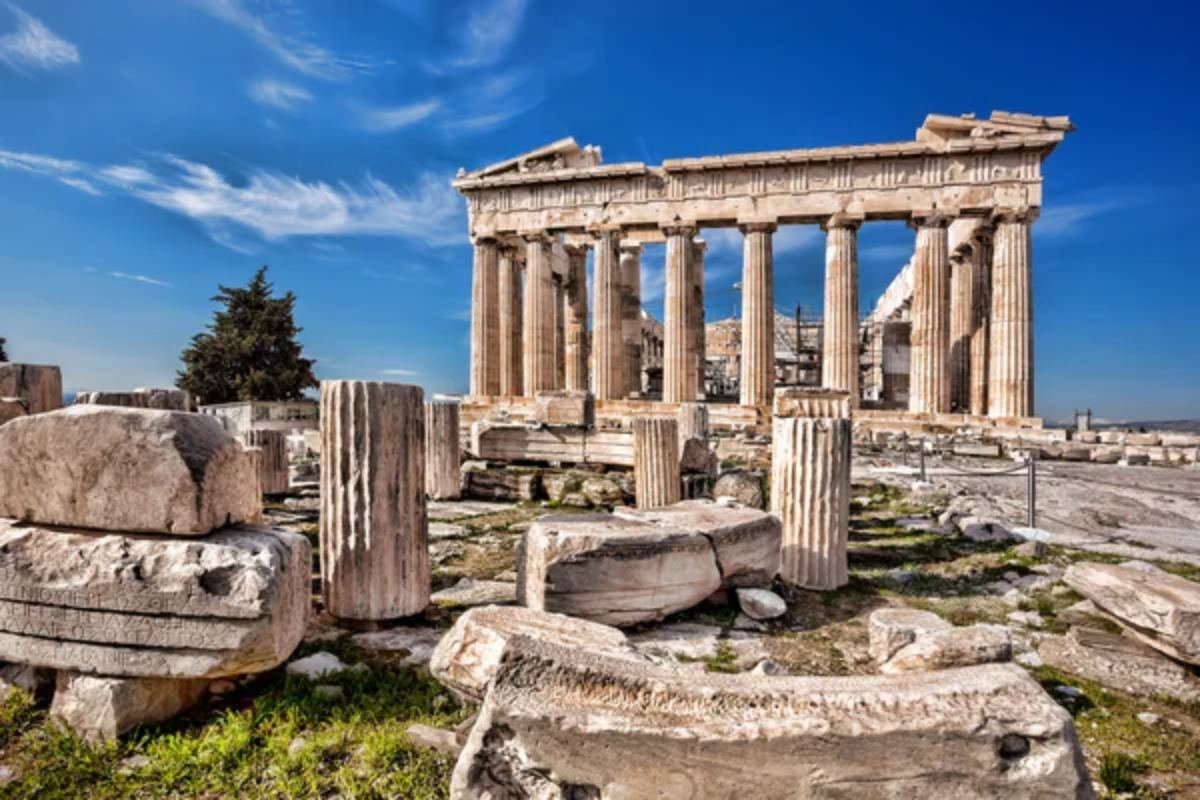
The information displayed throughout the Acropolis complex offers fascinating insights into ancient Greek engineering, religious practices, and architectural innovations. Recent renovations have introduced updated plaques with archaeological discoveries from the past decade, giving even return visitors new information to absorb.
The markers explaining how the Parthenon’s columns were designed with a slight bulge to appear straight from a distance are particularly intriguing.
National Museum of Anthropology, Mexico
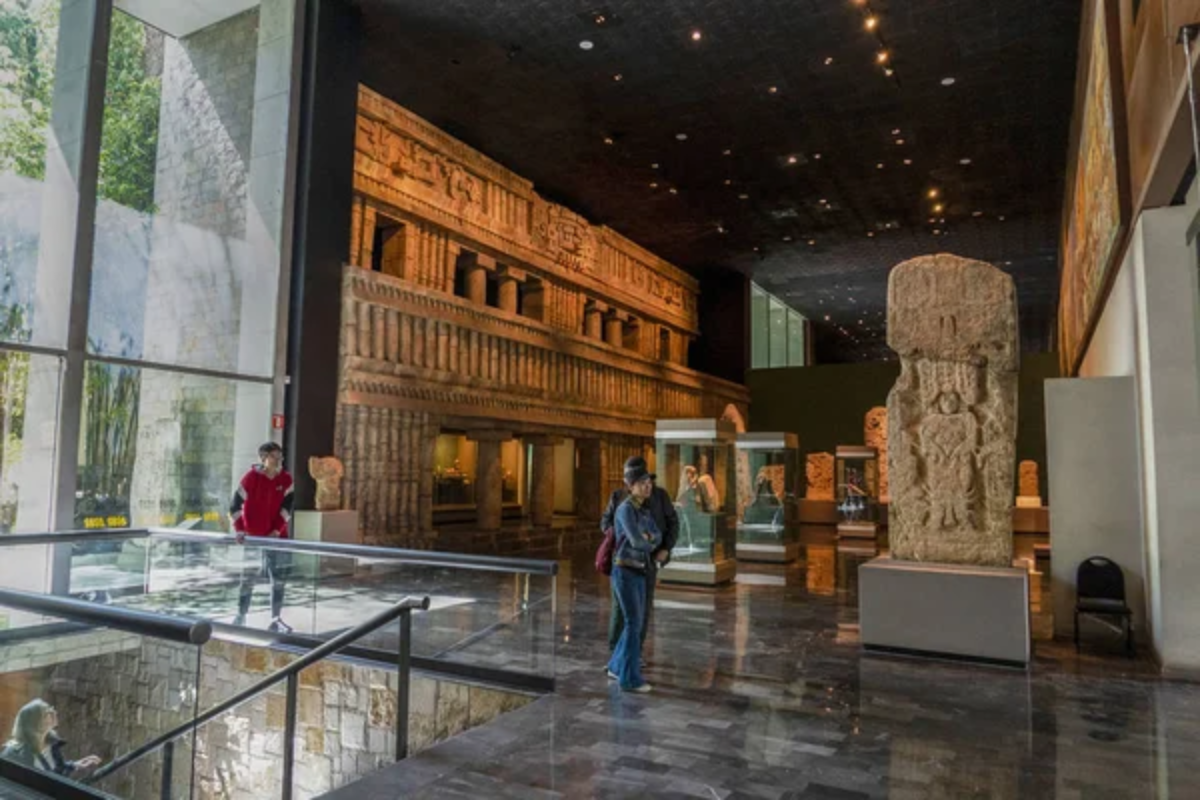
This museum’s exceptional collection of pre-Columbian artifacts comes with equally impressive interpretive text. The plaques connect archaeological findings to living indigenous cultures, creating a continuous narrative of Mexican heritage.
Each exhibition hall features detailed timelines that help visitors understand how civilizations like the Mayans, Aztecs, and Olmecs developed and influenced one another over centuries.
Ellis Island Immigration Museum, USA

The plaques throughout Ellis Island tell deeply human stories behind America’s immigration history. Displays incorporate first-hand accounts from immigrants who passed through its halls, alongside statistical information that contextualizes individual experiences.
The museum’s restoration gallery includes fascinating details about the building, explaining how preservationists saved this historic landmark from deterioration.
Like Travel Pug’s content? Follow us on MSN.
Hiroshima Peace Memorial Museum, Japan

This museum’s sobering exhibits feature thoughtfully composed plaques that balance scientific information about atomic weaponry with deeply moving personal testimonies. The information panels progress chronologically, building understanding from pre-war politics through ongoing recovery efforts.
Each artifact’s description connects the object to human experience, making abstract historical events painfully concrete.
Louvre Museum, France
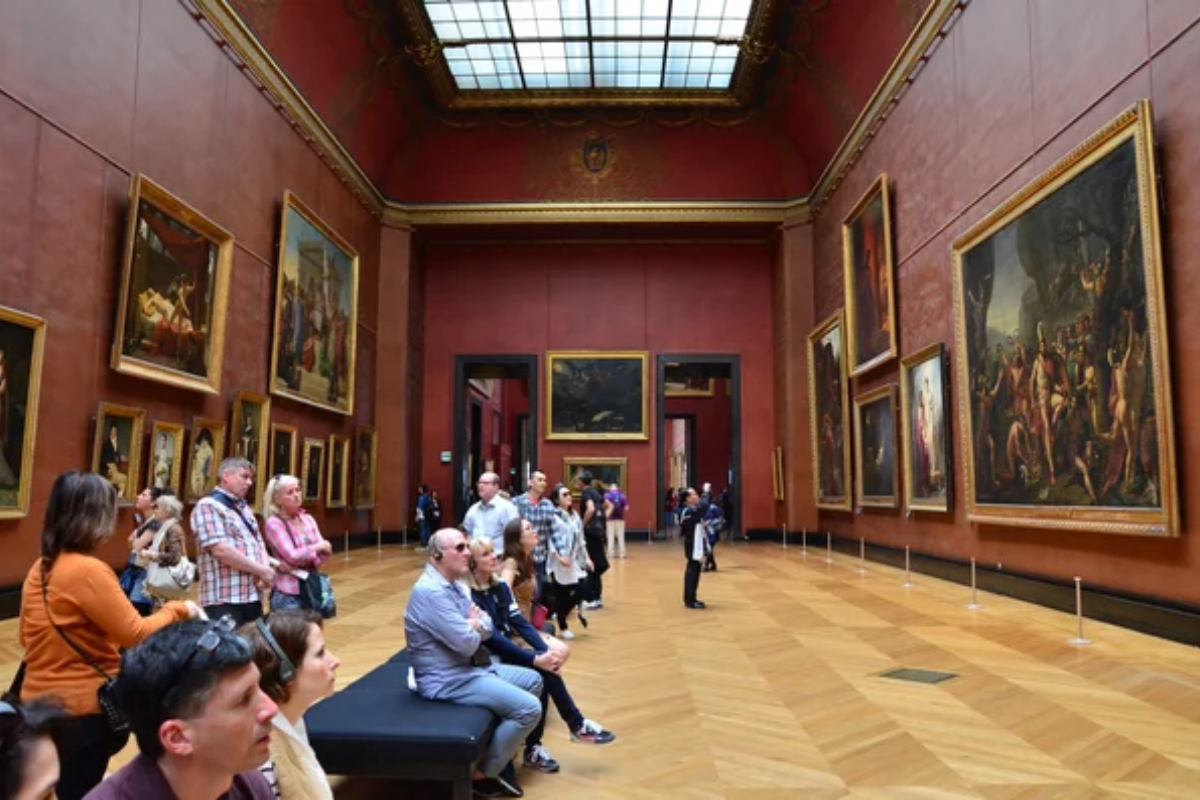
Beyond its famous masterpieces, the Louvre rewards plaque readers with unexpected connections between art periods and cultural movements. The museum’s renovation has introduced QR codes on plaques that expand information available in 14 languages.
The Islamic art wing features detailed contextual information, explaining complex calligraphy techniques and regional artistic traditions.
Smithsonian National Museum of American History, USA
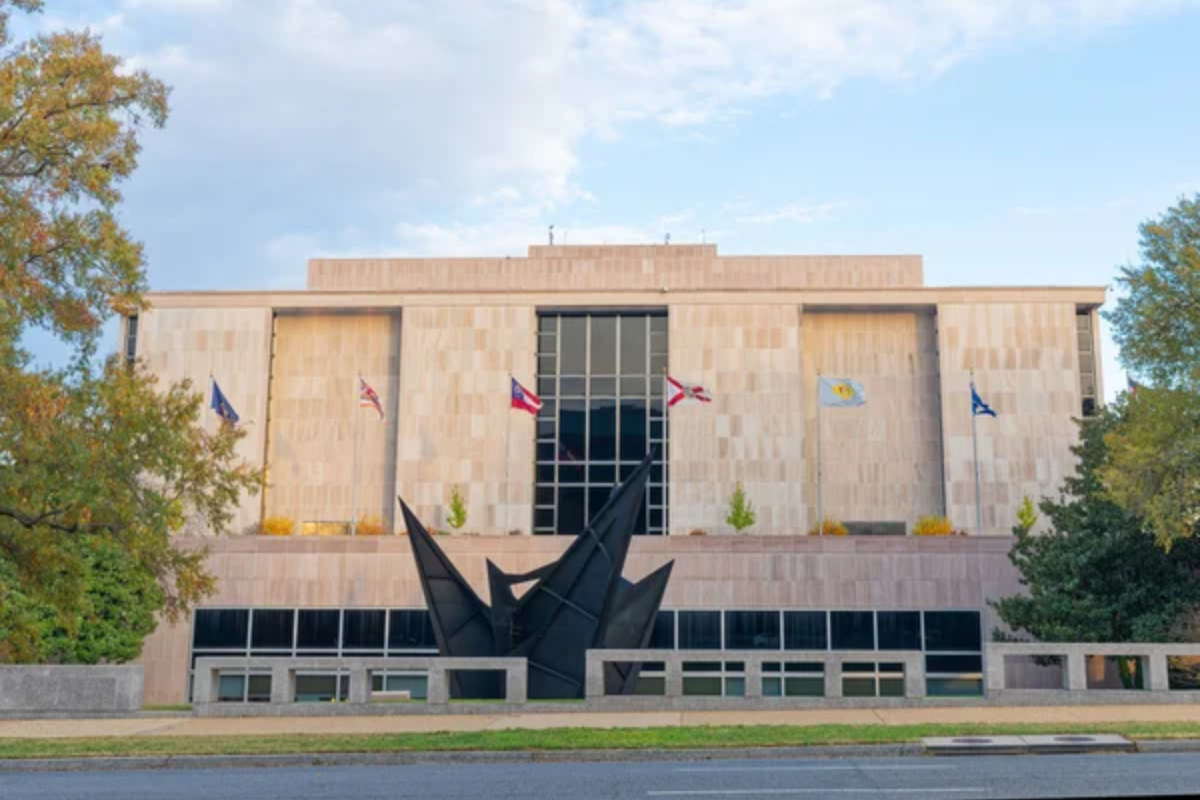
This museum excels at presenting everyday objects alongside extraordinary artifacts, with plaques that transform both into meaningful cultural touchstones. The exhibitions on transportation and technology include wonderfully specific details about innovations that changed American life.
The recent addition of audio supplements allows visitors to hear sounds associated with historical objects while reading about them.
Like Travel Pug’s content? Follow us on MSN.
Museo Nacional del Prado, Spain

The Prado’s exceptional art collection is matched by its contextual information, which often includes insights into painting techniques and material analysis. Plaques explaining Goya’s changing style before and after his illness provide fascinating glimpses into artistic evolution.
The museum recently updated information panels to highlight female subjects and artists previously minimized in traditional art history.
Pergamon Museum, Germany
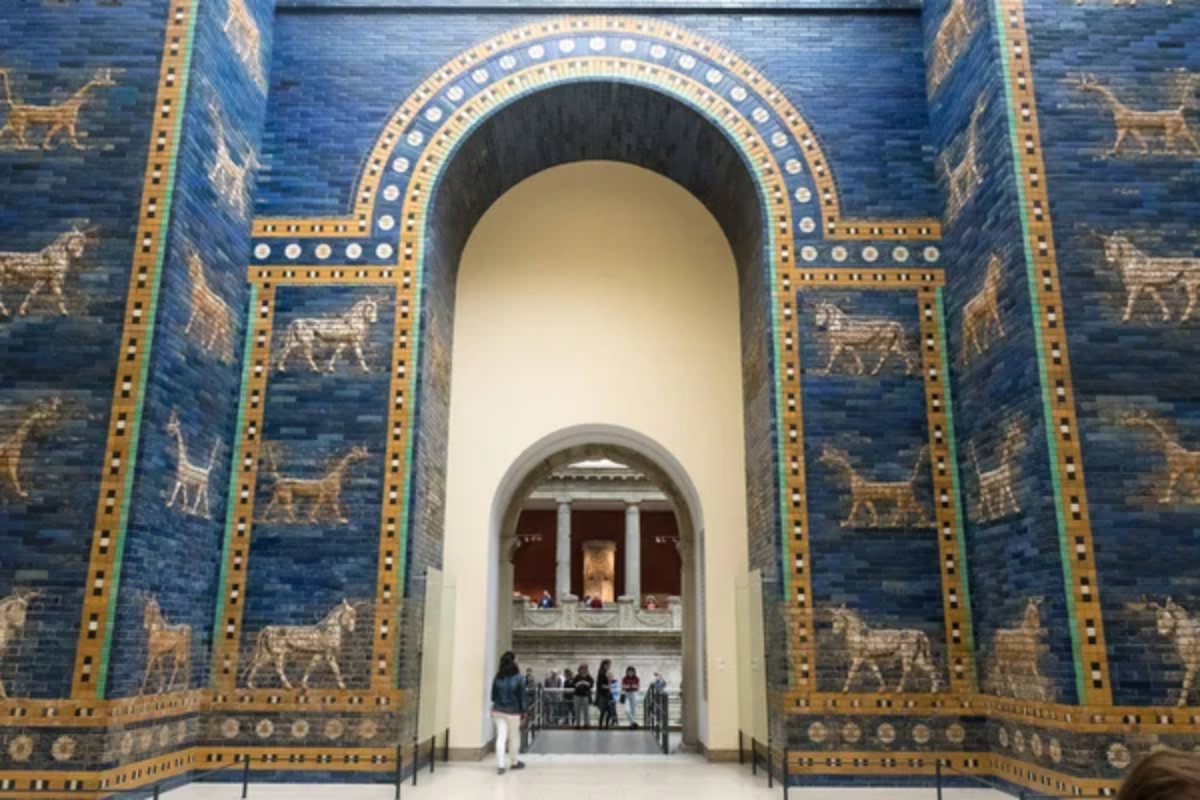
This museum houses monumental reconstructions of ancient structures with plaques explaining their original contexts and the complex stories of how they arrived in Berlin. The information panels about the Ishtar Gate include fascinating details about how archaeologists identified its original blue glaze.
Recent additions acknowledge acquisition controversies, adding contemporary ethical considerations to historical displays.
Cusco Historic Center, Peru
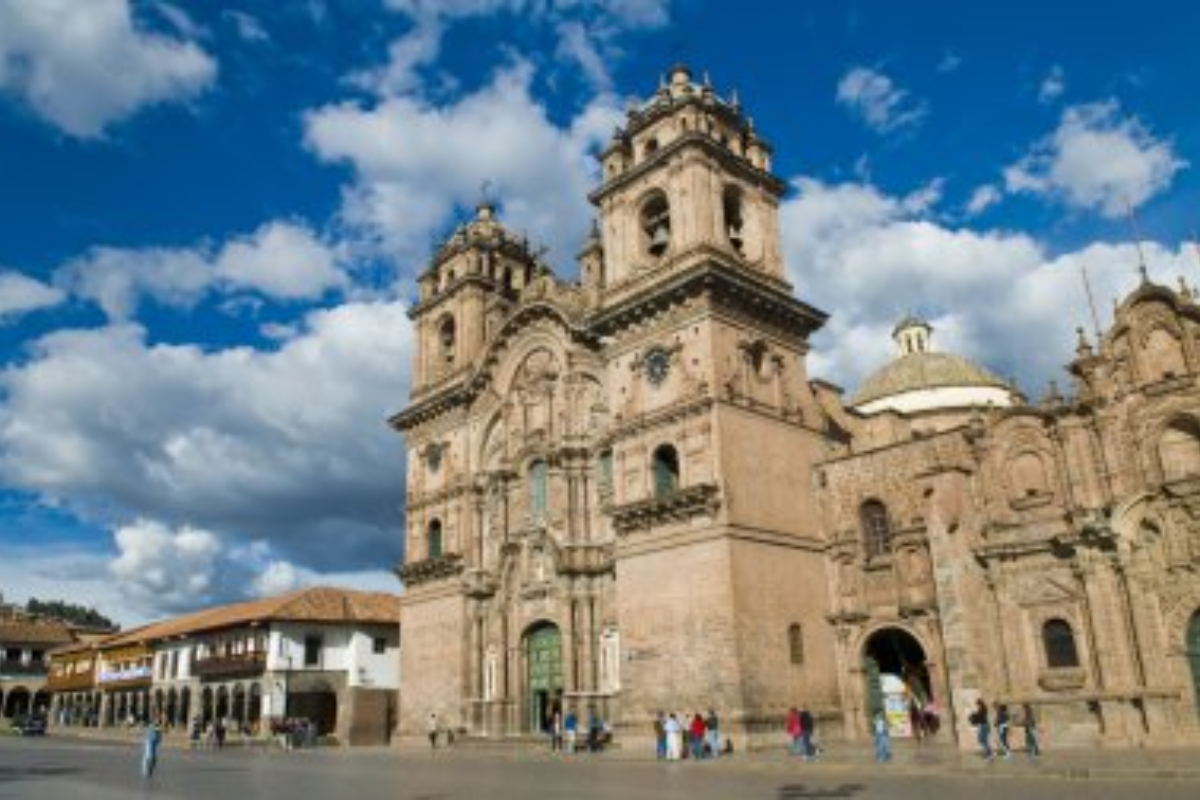
Walking through the ancient Incan capital reveals layers of history through well-placed informational markers explaining architectural techniques that survived major earthquakes. The plaques identify where Spanish colonial structures were built directly atop Incan foundations, creating a visual timeline of cultural imposition and resilience.
Local guides often expand on plaque information with oral histories passed down through generations.
Like Travel Pug’s content? Follow us on MSN.
Waitangi Treaty Grounds, Bay of Islands, New Zealand
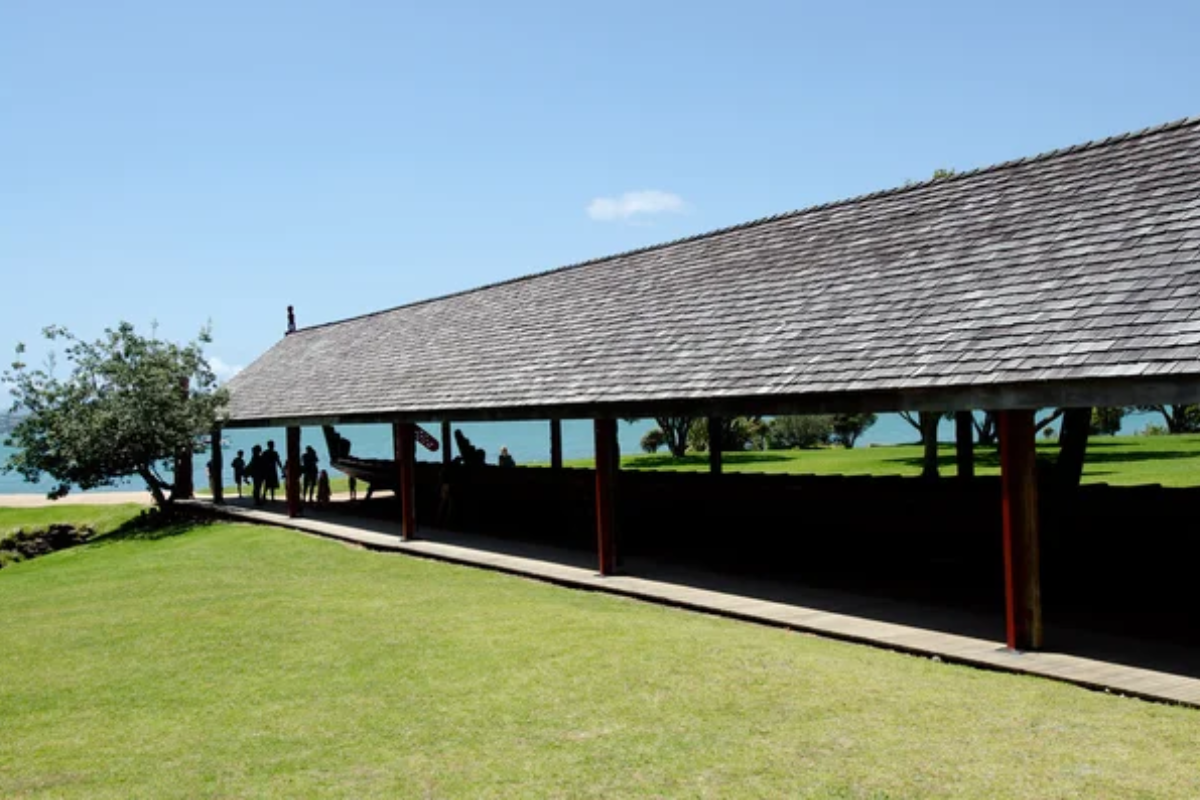
his significant historical site features comprehensive plaques detailing the 1840 treaty signing between Māori chiefs and the British Crown that shaped modern New Zealand. The information displayed presents multiple perspectives on this complex agreement, highlighting the historical context and ongoing implications.
Recently updated exhibits integrate oral traditions alongside written records, creating a nuanced understanding of this pivotal moment in Pacific history.
Pompeii Archaeological Park, Italy
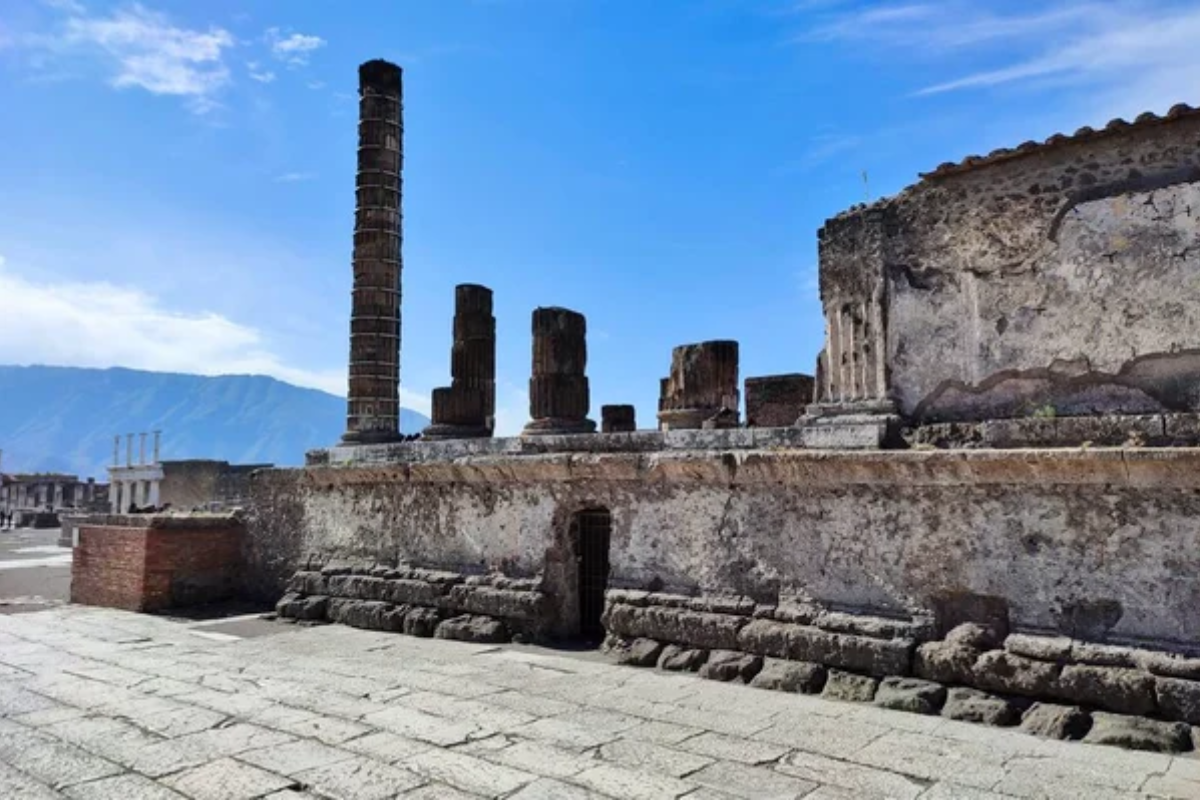
The preserved Roman city features updated plaques that translate ancient graffiti, explain household functions, and detail everyday life before the eruption. Recent excavations have added new information about the final hours before Mount Vesuvius buried the city in ash.
The plaques identifying bakeries, taverns, and public baths help visitors envision the once-bustling community.
National Museum of African American History and Culture, USA
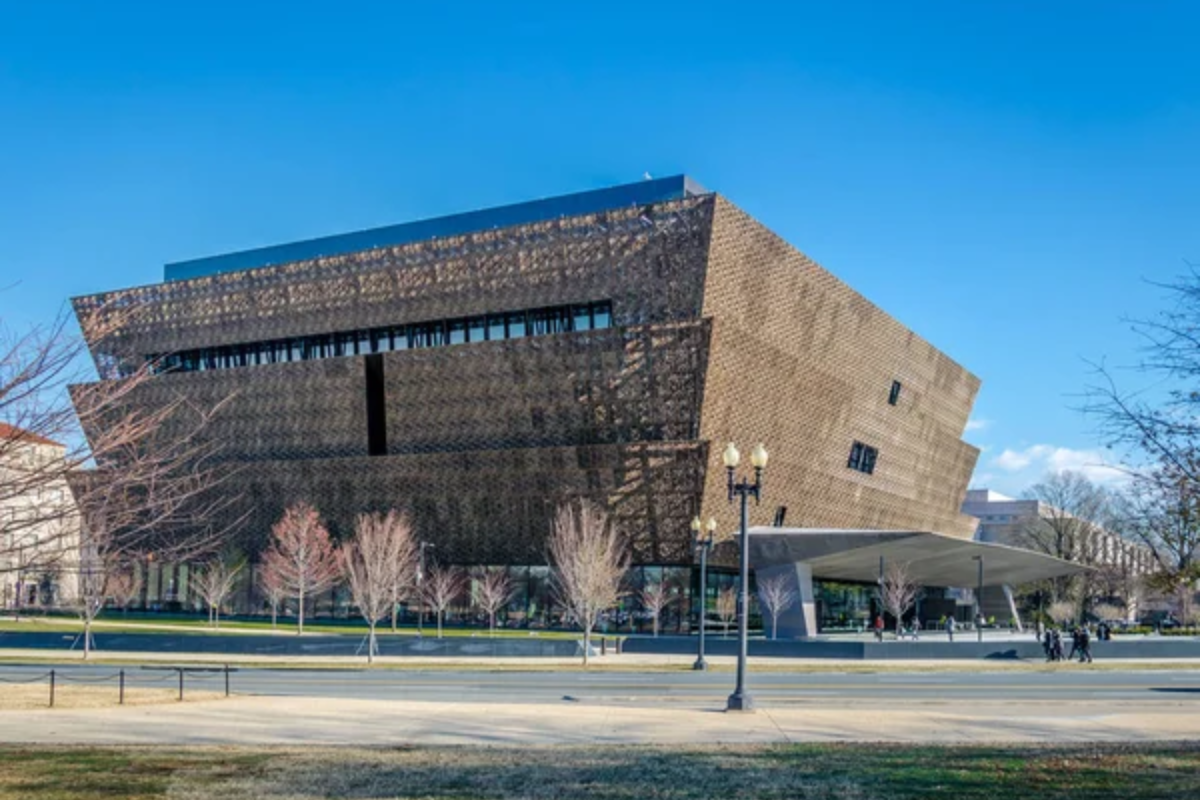
This museum’s thoughtfully crafted explanatory texts guide visitors through painful and triumphant chapters of American history. The plaques incorporate poetry, music lyrics, and personal narratives alongside factual information, creating emotionally resonant learning experiences.
The building’s architectural details also feature explanatory panels revealing symbolic meanings embedded in the design.
Like Travel Pug’s content? Follow us on MSN.
Robben Island, South Africa
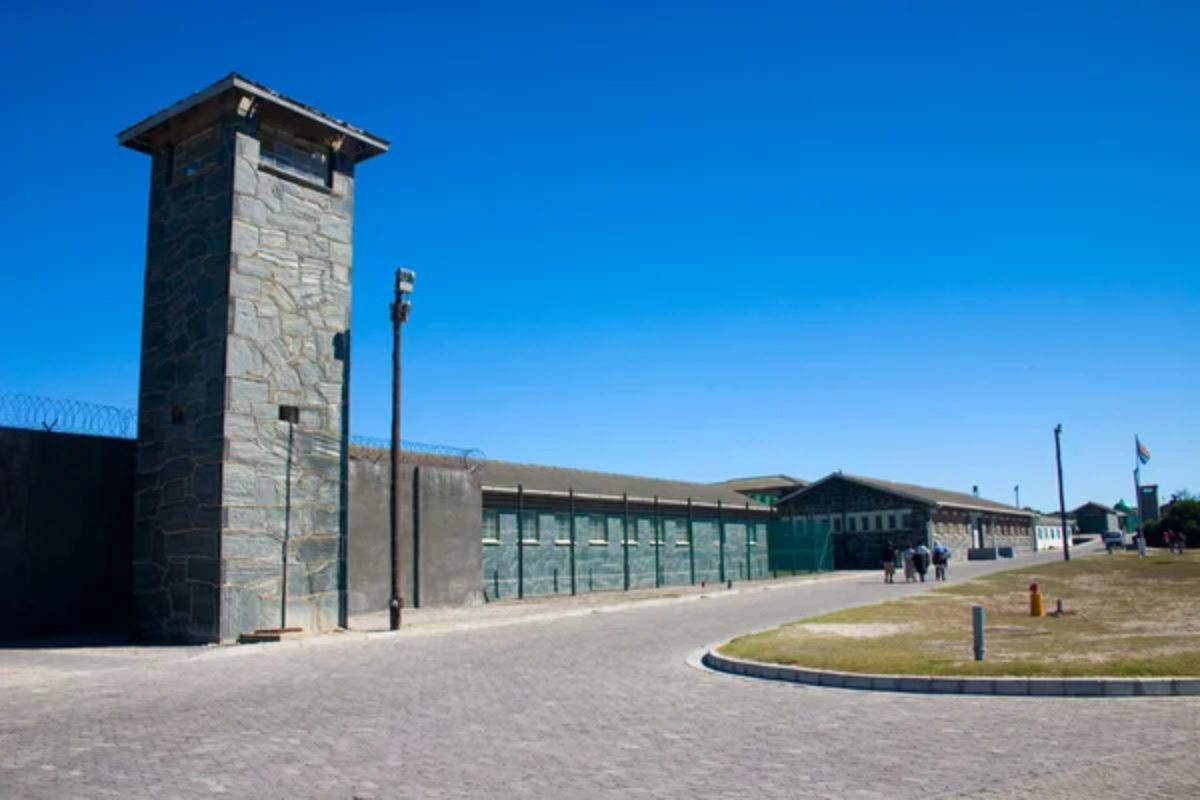
The former prison where Nelson Mandela was incarcerated features plaques with quotes from political prisoners alongside factual information about apartheid laws and resistance movements. Former inmates often serve as guides, adding personal testimony to the written historical record.
The island’s natural history is also documented, creating a comprehensive picture of this multifaceted UNESCO site.
Angkor Archaeological Park, Cambodia

This vast complex of ancient temples features recently updated information panels explaining Hindu and Buddhist symbolism in the intricate carvings. Conservation plaques detail ongoing preservation efforts and challenges facing the site due to tourism and climate change.
The markers explaining how the massive stone blocks were transported and placed without modern technology are fascinating.
National Palace Museum, Taiwan
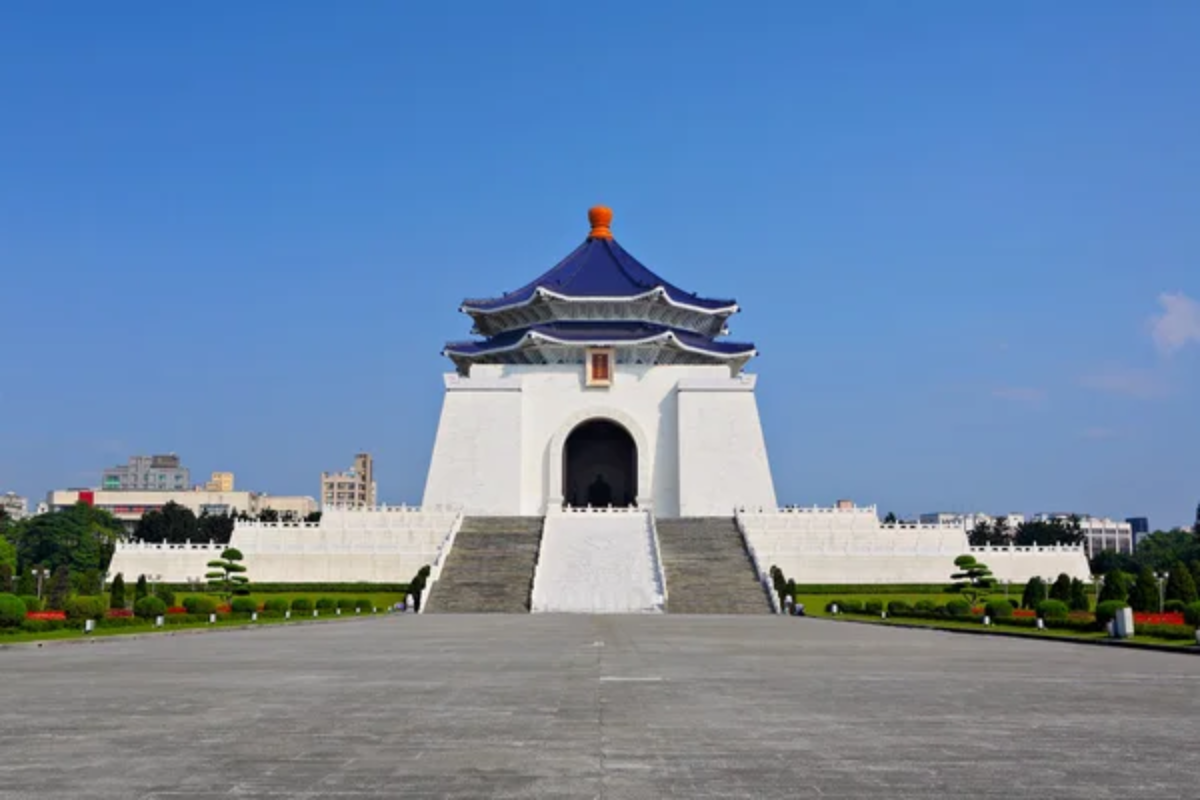
This magnificent museum houses the world’s largest collection of Chinese imperial artifacts, with meticulously detailed plaques explaining their historical and artistic significance. The information panels trace the complex journey of these treasures from mainland China to Taiwan, providing context about ancient craftsmanship and modern geopolitics.
Recent exhibition updates include multilingual descriptions and interactive elements that explain delicate techniques used in ceramics, jade carving, and calligraphy.
Like Travel Pug’s content? Follow us on MSN.
Churchill War Rooms, England
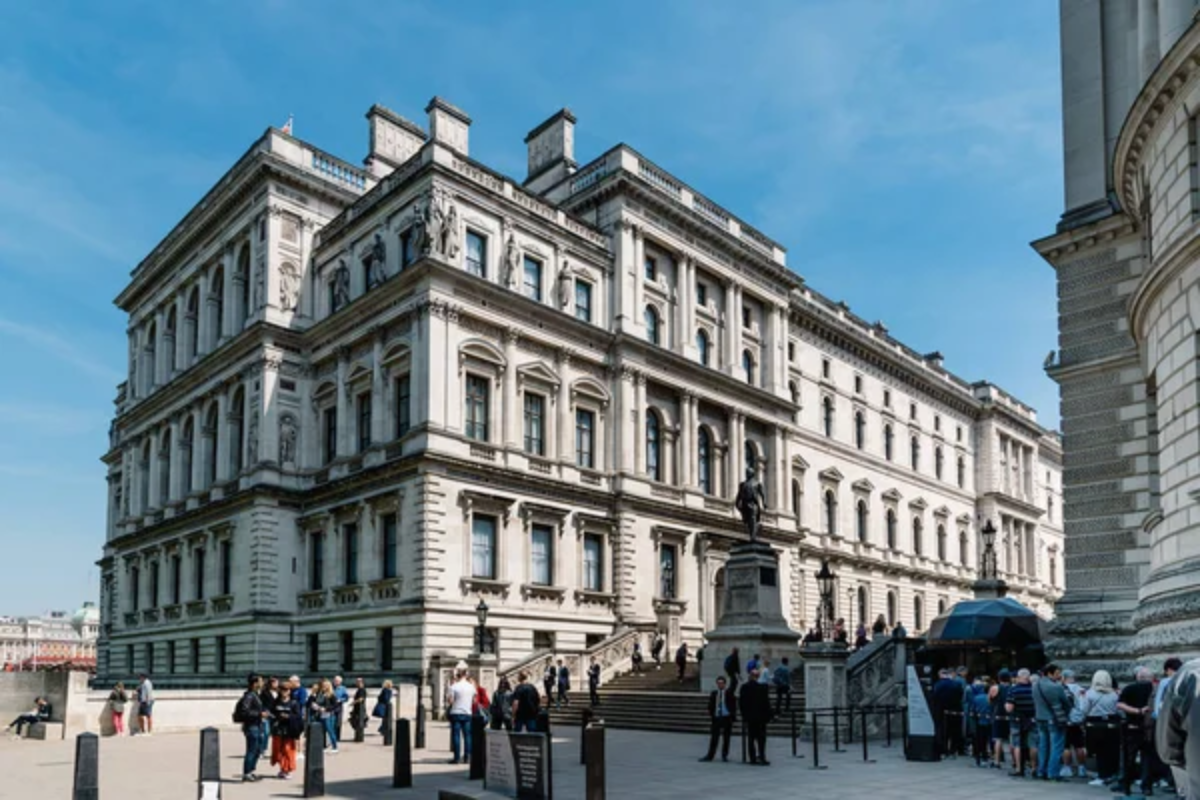
This underground bunker complex preserves the nerve center of Britain’s World War II operations, with plaques detailing how each room functioned during the conflict. The map room remains exactly as it was left in 1945, with markers explaining the significance of pins, flags, and notations.
Audio supplements feature excerpts from staff diaries, adding personal dimensions to the institutional history.
Machu Picchu Historic Sanctuary, Peru

The information markers throughout this Incan citadel have been carefully placed to minimize visual impact while maximizing educational value. Recent archaeological discoveries have updated information about astronomical alignments and agricultural innovations.
The plaques explaining how the site’s location harnessed natural water sources reveal sophisticated engineering that visitors might otherwise overlook.
National September 11 Memorial & Museum, USA

This museum balances factual timelines with deeply personal stories, creating information displays that honor individual lives while contextualizing historical significance. The exhibition texts were developed through consultation with diverse stakeholders, resulting in nuanced presentations of complex events.
Timeline displays mark the progression of that day to the minute, creating a powerful chronological understanding.
Like Travel Pug’s content? Follow us on MSN.
Echoes Through Time: History’s Devoted Readers
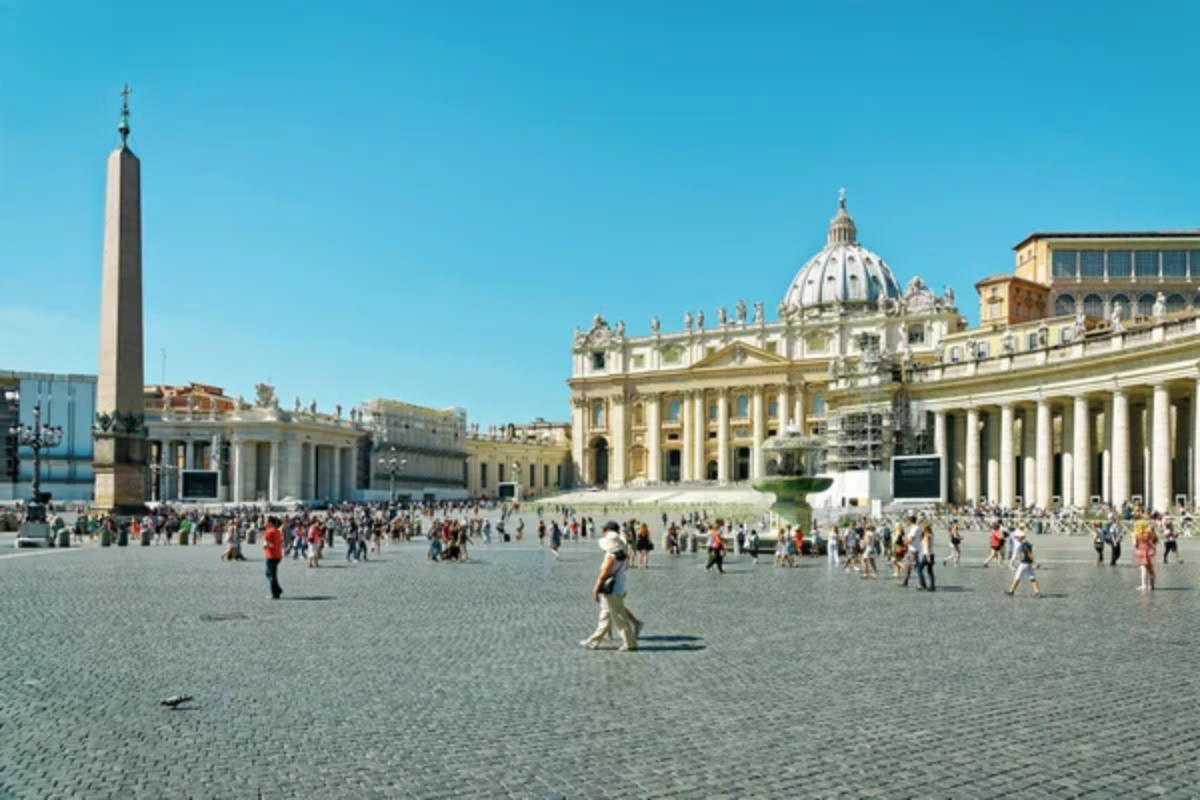
The world offers endless destinations for travelers who find meaning in the stories behind the sights. These information-rich locations reward curiosity and patience, transforming tourism into genuine education.
For those who appreciate how a small metal plaque can open windows to the past, these destinations offer both photo opportunities and genuine opportunities for deeper understanding and connection across time.
More from Travel Pug

- 20 Towns Built for One Purpose That Were Later Abandoned
- 15 Hidden Spots in Disney World’s Magic Kingdom Most Visitors Miss
- 20 Once-Popular Beach Towns That Are Now Ghostly Empty
- 15 Canyons in the U.S. That Are Just as Stunning as the Grand Canyon
- 10 Under-the-Radar Mountain Towns That Are Both Affordable and Beautiful
Like Travel Pug’s content? Follow us on MSN.
